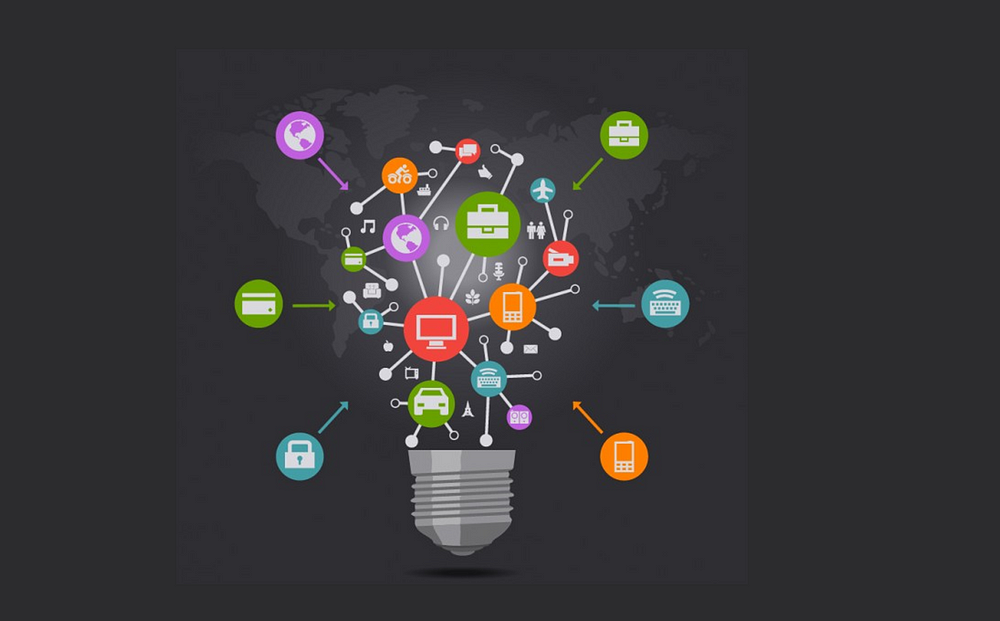What is pretexting? Definition, examples and prevention

Pretexting is, by and large, illegal in the United States. For financial
institutions covered by the Gramm-Leach-Bliley Act of 1999 (GLBA) — which is
to say just about all financial institutions — it's illegal for any person to
obtain or attempt to obtain, to attempt to disclose or cause to disclose,
customer information of a financial institution by false pretenses or
deception. GLBA-regulated institutions are also required to put standards in
place to educate their own staff to recognize pretexting attempts. One thing
the HP scandal revealed, however, was that it wasn't clear if it was illegal
to use pretexting to gain non-financial information — remember, HP was going
after their directors' phone records, not their money. Prosecutors had to pick
and choose among laws to file charges under, some of which weren't tailored
with this kind of scenario in mind. In the wake of the scandal, Congress
quickly passed the Telephone Records and Privacy Protection Act of 2006, which
extended protection to records held by telecom companies. One of the best
ways to prevent pretexting is to simply be aware that it's a possibility, and
that techniques like email or phone spoofing can make it unclear who's
reaching out to contact you.
MIT professor wants to shift power to the people by building local data collectives

The idea is to use distributed systems to give individuals and cities control
over their own data. Right now, health insurance companies and hospitals have
primary control of an individual's health data, and banks get the most benefit
from analyzing customer data. Individuals have access to the information but
there's no easy way to put it to good use. If smaller, local
organizations--like credit unions--could create a secure platform for people
to manage their own data, this would shift decision-making and control to
people and communities instead of national corporations. Increasing local
control of data would allow leaders and people to figure out solutions that
fit the needs of their communities, instead of using a one-size-fits-all
approach. Pentland used the example of the Upper Peninsula of Michigan and
Boston. He grew up in a rural community but now lives in an international,
urban, tech-centric city "The rules here are totally different, and what works
for the Upper Peninsula does not work here," he said. "The idea is to handle
local conditions locally and coordinate globally so cities can learn from each
other but be responsible for themselves."
5 ways to drive agile experimentation using feature flags

Branching controls code deployment and can regulate whether a feature gets
deployed. But this is only a gross, binary control that can turn on and off
the feature’s availability. Using only branching to control feature
deployments limits a team’s ability to control when code gets deployed
compared to when product leaders enable it for end-users. There are times
product owners and development teams should deploy features and control access
to them at runtime. For example, it’s useful to experiment and test features
with specific customer segments or with a fraction of the user base. Feature
flagging is a capability and set of tools that enable developers to wrap
features with control flags. Once developers deploy the feature’s code, the
flags enable them to toggle, test, and gradually roll out the feature with
tools to control whether and how it appears to end-users. Feature flagging
enables progressive delivery by turning on a feature slowly and in a
controlled way. It also drives experimentation. Features can be tested with
end-users to validate impact and experience. Jon Noronha, VP Product at
Optimizely, says, “Development teams must move fast without breaking things.
Reinforcement Learning: The Next Big Thing For AI

“Reinforcement learning entails an agent, action and reward,” said Ankur Taly,
who is the head of data science at Fiddler. “The agent, such as a robot or
character, interacts with its surrounding environment and observes a specific
activity, responding accordingly to produce a beneficial or desired result.
Reinforcement learning adheres to a specific methodology and determines the
best means to obtain the best result. It’s very similar to the structure of
how we play a video game, in which the agent engages in a series of trials to
obtain the highest score or reward. Over several iterations, it learns to
maximize its cumulative reward.” In fact, some of the most interesting use
cases for reinforcement learning have been with complex games. Consider the
case of DeepMind’s AlphaGo. The system used reinforcement learning to quickly
understand how to play Go and was able to beat the world champion, Lee Sedol,
in 2016 (the game has more potential moves than the number of atoms in the
universe!) But there have certainly been other applications of the technology
that go beyond gaming. To this end, reinforcement learning has been
particularly useful with robotics.
Driving Better Analytics Through Robust Data Strategies

The idea behind developing a data strategy is to make sure all data resources
are positioned in such a way that they can be used, shared, and moved easily
and efficiently. Data is no longer a byproduct of business processing – it’s a
critical asset that enables processing and decision making. A data strategy
helps by ensuring that data is managed and used as an asset. It provides a
common set of goals and objectives across projects to ensure data is used both
effectively and efficiently. A data strategy establishes common methods,
practices, and processes to manage, manipulate, and share data across the
enterprise in a repeatable manner. While most companies have multiple data
management initiatives underways (metadata, master data management, data
governance, data migration, modernization, data integration, data quality,
etc.), most efforts are focused on point solutions that address specific
project or organizational needs. A data strategy establishes a road map for
aligning these activities across each data management discipline in such a way
that they complement and build on one another to deliver greater benefits.
Understandability: The Most Important Metric You’re Not Tracking
Most commercial software engineering tasks out there do not start out with a
clean slate. There is an existing application, written using a certain
computer language(s), relying on a set of frameworks and libraries, and
running on top of some operating system(s). We take it upon ourselves (or our
teams) to change that existing application so that it meets some
requirement(s), such as developing a new feature, fixing an existing bug, etc.
Simultaneously we are required to continue meeting all the existing
(un)documented requirements, and maintain the existing behavior as much as
possible. And, as every junior software engineer finds out on their first day
on the job, writing a piece of code to solve a simple computer science problem
(or copying the answer from StackOverflow) is nowhere near the level of
complexity of solving that same problem within a large and intricate system.
Borrowing from the financial industry, let’s define Understandability:
“Understandability is the concept that a system should be presented so that an
engineer can easily comprehend it.” The more understandable a system is, the
easier it will be for engineers to change it in a predictable and safe manner.
COVID-19 puts WLAN engineers in the spotlight

For Dickey and other WLAN professionals, the pandemic has demonstrated the
critical importance of wireless communications. Nearly two-thirds of American
workers – double the number from early March – are doing their jobs via home
wireless, according to a Gallup Poll survey. Cisco, in its latest earnings
report, announced that 95% of its employees are working from home. That means
WLAN pros have had to shift their attention from maintaining corporate
networks to remotely assisting workers, many of whom are non-technical, in
getting their home networks up to speed and securely connected to corporate
assets. Tam Dell'Oro, founder and CEO of the Dell'Oro Group, surveyed about 20
enterprise network managers and WLAN distributors, and reports that new
in-building deployments have pretty much stopped cold. She adds that with WLAN
pros charged with setting up and securing at-home workers, "remote access
devices, particularly those with higher WAN connectivity and higher security,
are flying off the shelf." IDC analyst Brandon Butler says the 2020 forecast
for the WLAN industry has been downgraded from the 5.1% growth rate predicted
prior to the pandemic to a 2.3% decline.
Explore API documentation basics and best practices
Good API documentation does not happen by accident. It takes clear guidelines,
a consistent team effort, stringent peer review and a commitment to maintain
documentation throughout an API's lifecycle. Some top API documentation best
practices you should implement include: Include all necessary components. A
complete documentation package usually has sections on authentication, error
messages, resource usage and terms of acceptable use policies, and a
comprehensive change log. Some API documentation also includes a series of
guides that provides detailed examples of API use and use cases. Know the
intended audience. Tailor API documentation for the intended audience. If the
documentation is intended for novice developers, focus on things like
tutorials, samples and guides. If the documentation is intended for
experienced developers, build up reference material detailing syntax,
parameters, arguments and response details. Consider how to include vested
non-developers, such as project managers or even CTOs, in the API
documentation.
Equality of Actors in Enterprise Architecture

With ‘Information Technology’ we normally designate our modern digital
equipment. However, for millennia humanity has used information technologies
to record and transmit information. To underline the significance of
information technology, the difference between prehistory and history lies in
the use of information technology — the ‘history era’ is synonymous with the
‘information age’. Floridi argues that recently we have entered the era of
hyperhistory with the invention of the computer. The difference between
hyperhistory and history is that in history ITs are only recording and
transmitting information, in hyperhistory computers have the capability to
process information. As a basic function, computers are able to store
information, and this already makes a big difference with the labor intensive
recording of data until the sixties or seventies. Moreover, based on this
information the computer can process this information and make computations
that beforehand were the prerogative of humans. As a side remark, the term
‘computer’ until the nineteenth century was synonymous with a person that
‘performs calculations’, not a machine.
Data Scientist vs Data Analyst. Here’s the Difference.
data science and machine learning fields share confusion between their job descriptions, employers, and the general public, the difference between data science and data analytics is more separable. However, there are still similarities along with the key differences between the two fields and job positions. Some would say to be a data scientist, a data analytics role is a prerequisite to becoming hired as a data scientist. This article aims to shed light on what it means to be a data scientist and data analyst, from a professional in both fields. While I was studying to become a data scientist, as a working data analyst, I realized that data science theory is vastly different from that of data analytics. That is not to say that data science does not share the same tools and programming languages as data analytics. One could also argue that data science is a form of data analytics because ultimately, you are working with data — transforming, visualizing, and coming to a conclusion for actionable change. So if they are so similar or one is under the other, why write an article on these two popular fields? The reason is that people who are coming into either field can learn from here
Quote for the day:
No comments:
Post a Comment